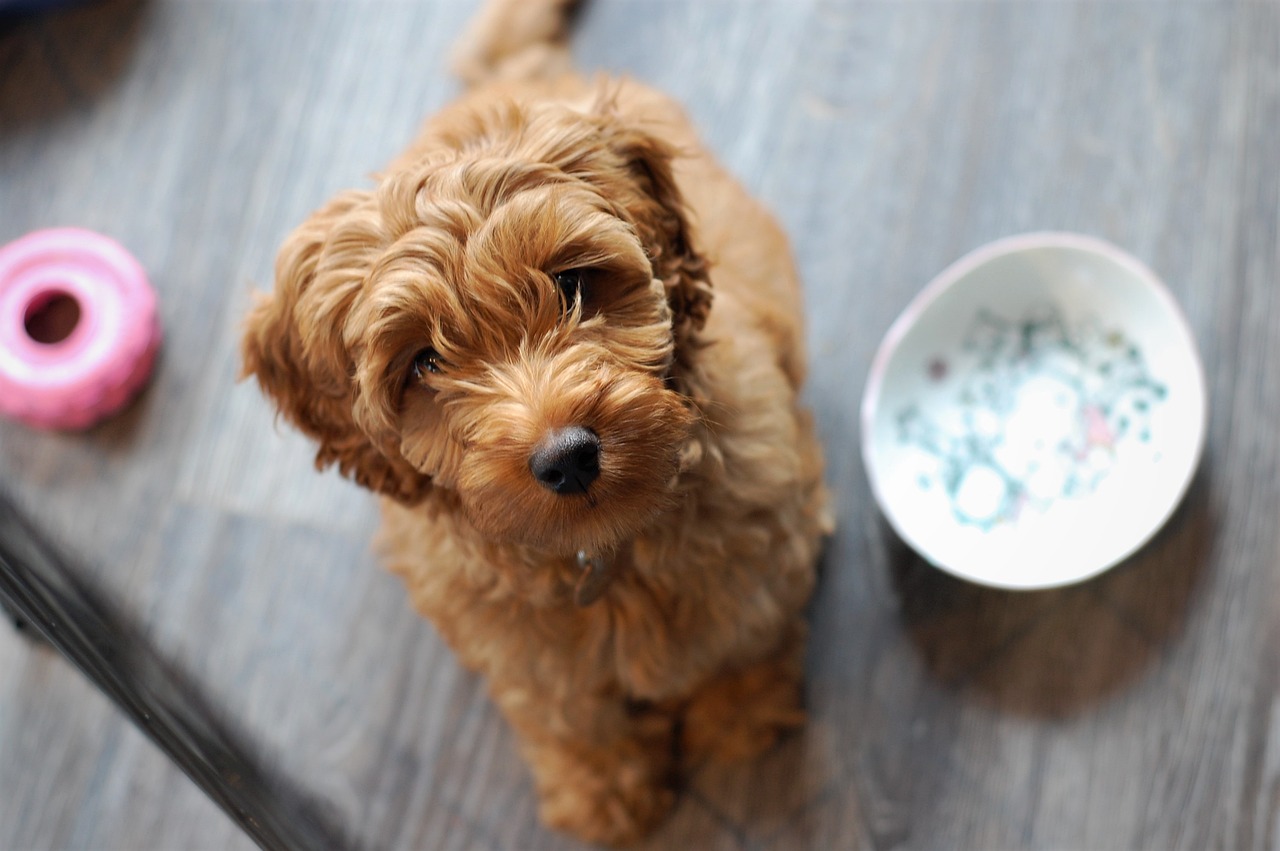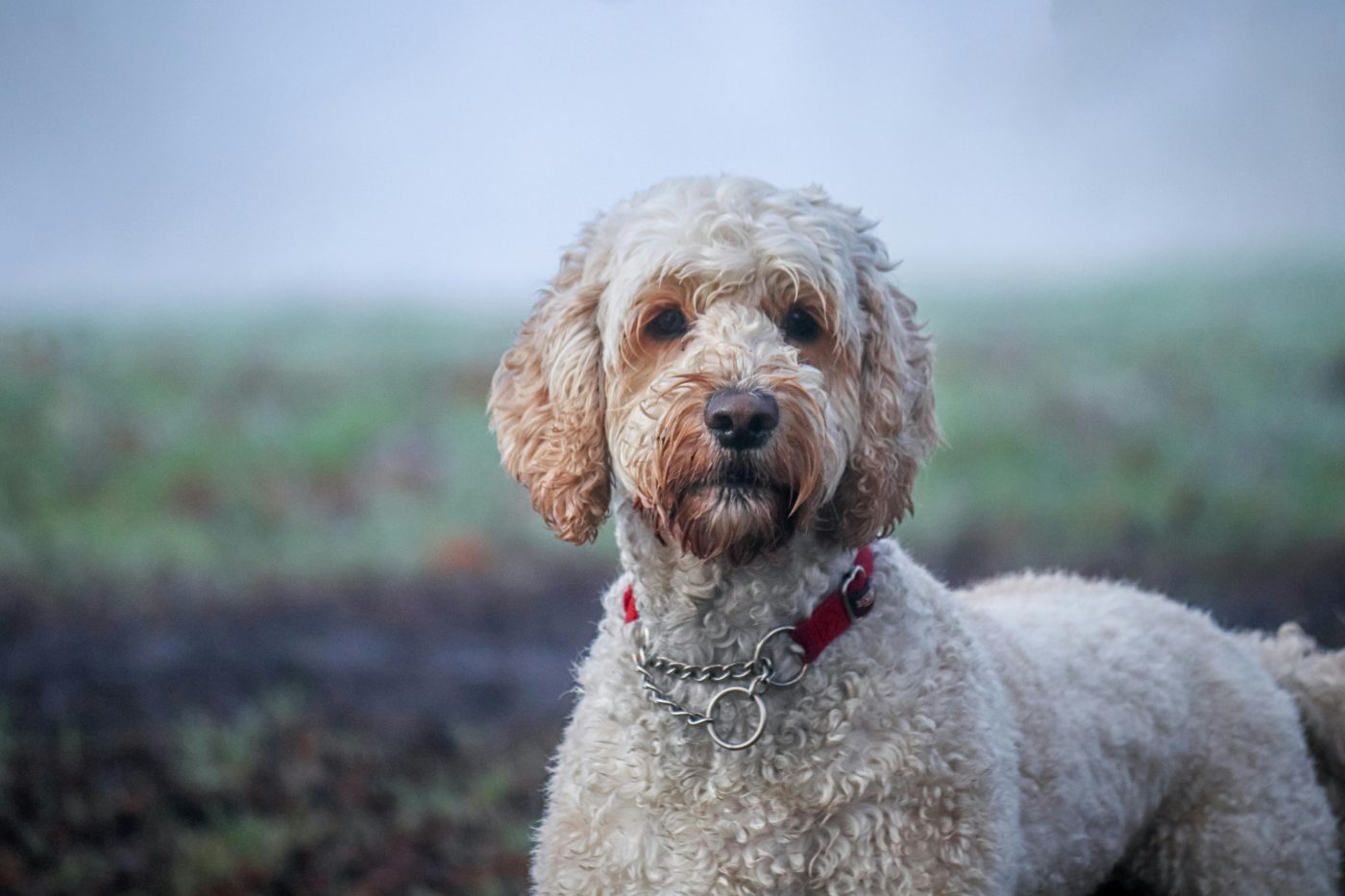The Labradoodle, a hybrid breed that combines the gentle nature of the Labrador Retriever with the hypoallergenic coat of the Poodle, has rapidly ascended in popularity since its inception. Originating in the late 20th century, this breed was initially developed to create an allergy-friendly guide dog, combining the best traits of both parent breeds. This endeavor resulted in a dog that not only excelled in its intended role but also captured the hearts of families and individuals worldwide, thanks to its friendly demeanor, intelligence, and low-shedding coat. The Labradoodle’s rise from a practical solution to a beloved companion highlights the evolving relationship between humans and canines, where the breed’s adaptability and temperament have made it a favored choice among various dog lovers. This article delves into the history and origin of the Labradoodle, exploring its development, characteristics, and the impact it has had on the world of hybrid dog breeds.

The Genesis of the Labradoodle
The Labradoodle was first bred in 1989 by Wally Conron, who was working for the Royal Guide Dog Association of Australia at the time. The goal was to create a guide dog suitable for individuals with allergies to dog hair and dander. By crossing a Labrador Retriever, known for its friendly nature, trainability, and status as an excellent guide dog, with a Standard Poodle, known for its intelligence, low-shedding coat, and hypoallergenic properties, Conron hoped to combine the best of both breeds. The first litter produced a puppy named Sultan, who successfully became a guide dog to a woman in Hawaii and showcased the hypoallergenic qualities sought after in the breed.
The Labradoodle’s Rise to Popularity
Despite the initial skepticism, the Labradoodle quickly gained popularity, first among people requiring hypoallergenic guide dogs, and later, among the general public. The breed’s affable nature, combined with its suitability for allergy sufferers, made it highly desirable. As demand grew, so did the number of breeders, leading to the creation of Labradoodles beyond the original purpose of guide or service dogs. This popularity surge in the 1990s and 2000s led to the Labradoodle becoming one of the most recognized and sought-after hybrid breeds worldwide.
Characteristics and Variability
One of the most notable features of the Labradoodle is its coat, which can range from the curly fleece of the Poodle to the straighter, shaggier coat of the Labrador, and comes in a variety of colors. This variability extends to the breed’s size, with Labradoodles classified into standard, medium, and miniature based on the size of the Poodle parent. Despite these physical differences, Labradoodles consistently exhibit a friendly and gentle temperament, high intelligence, and a playful spirit, making them excellent companions and family pets.
Modern Challenges and Controversies
The Labradoodle’s popularity has not come without challenges. The surge in demand led to irresponsible breeding practices, with some breeders prioritizing profit over health and temperament. This has raised concerns about genetic health issues and the importance of responsible breeding practices. Additionally, the Labradoodle’s creator, Wally Conron, has expressed regret about initiating the trend of “designer dogs,” citing the proliferation of poorly bred hybrid dogs. Despite these concerns, many breeders are committed to ethical breeding practices, focusing on health, temperament, and maintaining the qualities that made the Labradoodle popular.
Labradoodle’s journey from a hypoallergenic guide dog to a beloved family pet is a testament to the breed’s adaptability, intelligence, and endearing nature. While the breed faces modern challenges, including concerns about breeding practices and genetic health, the Labradoodle remains a symbol of innovation in the quest for the perfect companion dog. Its legacy continues to influence the world of hybrid breeds, highlighting the importance of responsible breeding and the enduring bond between humans and their canine companions.
Frequently Asked Questions About The History of Labradoodles

1. Who created the Labradoodle and why?
The Labradoodle was created by Wally Conron, who worked for the Royal Guide Dog Association of Australia in the late 1980s. Conron’s goal was to produce a guide dog suitable for individuals with allergies to dog hair and dander. He aimed to combine the Labrador Retriever’s temperament, intelligence, and trainability with the Poodle’s hypoallergenic coat and sharp mind, hoping to create an ideal guide dog for those with allergies.
2. When was the first Labradoodle bred?
The first Labradoodle was bred in 1989 when Wally Conron successfully crossed a Standard Poodle with a Labrador Retriever for the Royal Guide Dog Association of Australia. This initial crossbreeding effort was aimed at creating a hypoallergenic guide dog, marking the birth of the Labradoodle breed.
3. What are the original breeds combined to create the Labradoodle?
The Labradoodle is a hybrid breed created by combining the Labrador Retriever and the Standard Poodle. The Labrador Retriever was chosen for its friendly nature, trainability, and status as an excellent guide dog, while the Standard Poodle was selected for its intelligence, low-shedding coat, and hypoallergenic properties.
4. Why was the Labradoodle created?
The Labradoodle was created to meet the need for a hypoallergenic guide dog. Wally Conron aimed to produce a dog that retained the Labrador Retriever’s excellent guide dog characteristics while possessing the Poodle’s hypoallergenic coat, making it suitable for individuals with allergies to dog hair and dander.
5. What was the name of the first Labradoodle?
The first Labradoodle bred by Wally Conron was named Sultan. Sultan successfully became a guide dog to a woman in Hawaii, showcasing the hypoallergenic qualities and the intelligent, trainable nature sought after in the newly created breed.
6. How has the Labradoodle’s purpose evolved since its creation?
Initially bred as a hypoallergenic guide dog, the Labradoodle’s purpose has evolved significantly. While still valued for their suitability as service and therapy dogs, Labradoodles have become popular family pets. Their friendly demeanor, intelligence, and unique appearance have made them desirable companions for a wide range of individuals and families.
7. What variations exist within the Labradoodle breed?
Variations within the Labradoodle breed include differences in size, coat type, and color. Size variations are standard, medium, and miniature, determined by the Poodle parent’s size. Coat types can range from curly and fleece-like, resembling the Poodle’s coat, to wavy or straight, more akin to the Labrador’s. Labradoodles also come in a variety of colors, including cream, gold, black, chocolate, and red.
8. What are the characteristics of a Labradoodle?
Labradoodles are known for their friendly and gentle temperament, intelligence, and playful spirit. They tend to be social, energetic, and highly trainable, making them excellent companions and family pets. Their coat is one of their defining features, varying from curly to wavy or straight, and is often touted for being low-shedding and more suitable for allergy sufferers.
9. Are Labradoodles considered hypoallergenic?
Labradoodles are often described as hypoallergenic due to the Poodle’s influence on their coat. However, no dog is truly hypoallergenic. Labradoodles can be more suitable for individuals with mild allergies, as they tend to shed less and produce fewer allergens compared to many other breeds, but individual reactions to a particular dog can vary.
10. How did the Labradoodle gain popularity?
The Labradoodle gained popularity through its initial success as a hypoallergenic guide dog and its subsequent adoption as a family pet. Its unique combination of the Labrador Retriever’s and Poodle’s desirable traits, along with media exposure and word of mouth, contributed to the breed’s rapid rise in popularity among dog lovers seeking a friendly, intelligent, and relatively low-shedding dog.
11. What controversies surround the Labradoodle breed?
Controversies surrounding the Labradoodle breed include concerns about irresponsible breeding practices, genetic health issues, and the unpredictable nature of hybrid breeds. Wally Conron, the breed’s creator, has expressed regret over starting the “designer dog” trend, citing the proliferation of poorly bred Labradoodles and the health problems that can arise from irresponsible breeding.
12. How are Labradoodles used today?
Today, Labradoodles are used in a variety of roles, including as service dogs, therapy dogs, and family pets. Their intelligence, trainability, and friendly nature make them well-suited for these roles. Labradoodles also participate in dog sports such as agility and obedience, showcasing their versatility and athletic ability.
13. What is the lifespan of a Labradoodle?
The lifespan of a Labradoodle typically ranges from 12 to 14 years. Factors that can influence a Labradoodle’s lifespan include genetics, diet, exercise, and access to quality veterinary care. Providing a healthy lifestyle and environment can help ensure that Labradoodles live a full and happy life.
14. What health issues are common in Labradoodles?
Common health issues in Labradoodles can include hip dysplasia, elbow dysplasia, eye disorders, and ear infections. As a hybrid breed, Labradoodles may inherit health concerns from both the Labrador Retriever and the Poodle. Responsible breeding practices, including health screening and genetic testing, are important for reducing the risk of these conditions.
15. How can potential owners find a responsible Labradoodle breeder?
Potential owners can find a responsible Labradoodle breeder by researching breeders who prioritize the health, temperament, and well-being of their dogs. Reputable breeders conduct health screenings on their breeding dogs, provide health guarantees for puppies, and are transparent about their breeding practices. Prospective owners should visit the breeder’s facility, meet the puppy’s parents, and ask for references to ensure they are choosing a healthy, well-socialized Labradoodle puppy.
 Toledo, United States.
Toledo, United States.